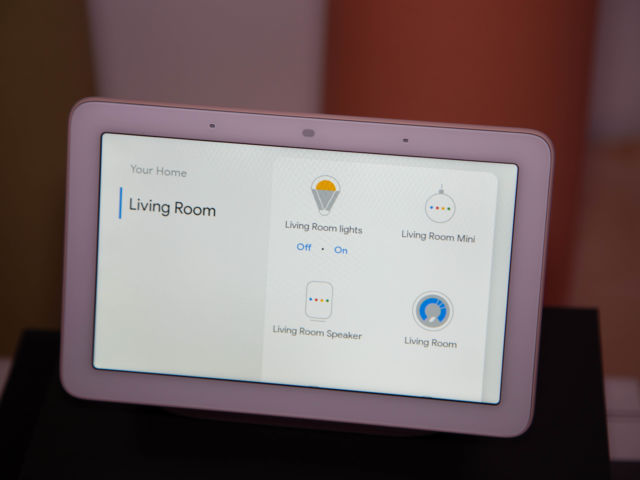In our increasingly connected world, smart home devices offer convenience and efficiency, allowing us to control everything from lights to security systems with a tap on a smartphone. However, this convenience comes with risks, as smart devices can be vulnerable to cyber attacks if not properly secured. Securing your smart home network is crucial to protect your privacy, data, and even physical safety. Here’s a comprehensive guide on how to secure your smart home network effectively.
Understanding Smart Home Security Risks
Before diving into securing your smart home network, it’s essential to understand the potential risks:
- Weak Passwords: Many smart devices come with default or weak passwords, making them easy targets for hackers.
- Outdated Firmware: Manufacturers regularly release updates to fix security vulnerabilities. Ignoring updates leaves your devices exposed.
- Insecure Connections: Devices transmitting data over unencrypted connections can be intercepted by hackers.
- Lack of Segmentation: Connecting all devices to a single network without segmentation increases the impact of a successful attack.
- Privacy Concerns: Smart devices collect data about your habits and environment, raising privacy issues if this data is compromised. Check out Smart Home Singapore to discover useful and practical tips about how to secure your smart home network.

Steps to Secure Your Smart Home Network
Now, let’s explore practical steps to enhance the security of your smart home network:
1. Secure Your Wi-Fi Network
- Change Default Credentials: Replace default usernames and passwords on your router with strong, unique ones.
- Use WPA2 or WPA3 Encryption: Ensure your Wi-Fi network uses the latest encryption standards (WPA2 or preferably WPA3) to protect data in transit.
- Disable WPS: Wi-Fi Protected Setup (WPS) can be vulnerable to brute-force attacks. Disable it unless absolutely necessary.
2. Update Firmware Regularly
- Check for Updates: Routinely check for firmware updates from device manufacturers and apply them promptly.
- Enable Auto-Update: If available, enable auto-update features on your devices to ensure they receive security patches automatically.
3. Create a Segmented Network
- Use VLANs: Virtual LANs (VLANs) can segregate smart home devices into separate networks, limiting the impact of a breach.
- Guest Network for IoT: Consider setting up a separate guest network exclusively for your smart home devices.
4. Implement Strong Authentication
- Two-Factor Authentication (2FA): Enable 2FA whenever possible to add an extra layer of security to your smart home device logins.
- Biometric Authentication: For devices that support it, use biometric methods like fingerprint or facial recognition for access control.
5. Monitor Device Permissions
- Review App Permissions: Regularly review and update permissions granted to smart home apps on your smartphone.
- Limit Data Collection: Configure devices to collect only essential data and disable unnecessary features that might compromise privacy.
6. Secure Physical Access
- Lock Down Devices: Physically secure devices like smart locks and cameras to prevent unauthorized access.
- Disable Unused Features: If a device has features you don’t use (e.g., remote access), consider disabling them to reduce potential attack surfaces.
7. Use Network Security Tools
- Firewall: Install and configure a firewall to monitor and control incoming and outgoing traffic on your network.
- Intrusion Detection Systems (IDS): Consider deploying IDS to detect and alert you to suspicious network activity.
8. Educate Household Members
- Awareness Training: Educate everyone in your household about smart home security best practices, such as recognizing phishing attempts.
- Security Hygiene: Encourage regular password changes and safe browsing habits among household members.
9. Backup Your Data
- Regular Backups: Maintain backups of critical smart home device configurations and data to recover quickly from a security incident.
- Offline Backups: Store backups offline or in a secure cloud storage service to prevent them from being compromised.
Conclusion
Securing your smart home network requires a proactive approach and ongoing vigilance. By following the steps outlined in this guide, you can significantly reduce the risk of cyber threats and enjoy the benefits of a smart home with confidence. Remember, staying informed about new security risks and applying updates promptly are crucial habits in maintaining a secure smart home environment. Take charge of your smart home security today to safeguard your privacy and peace of mind.
